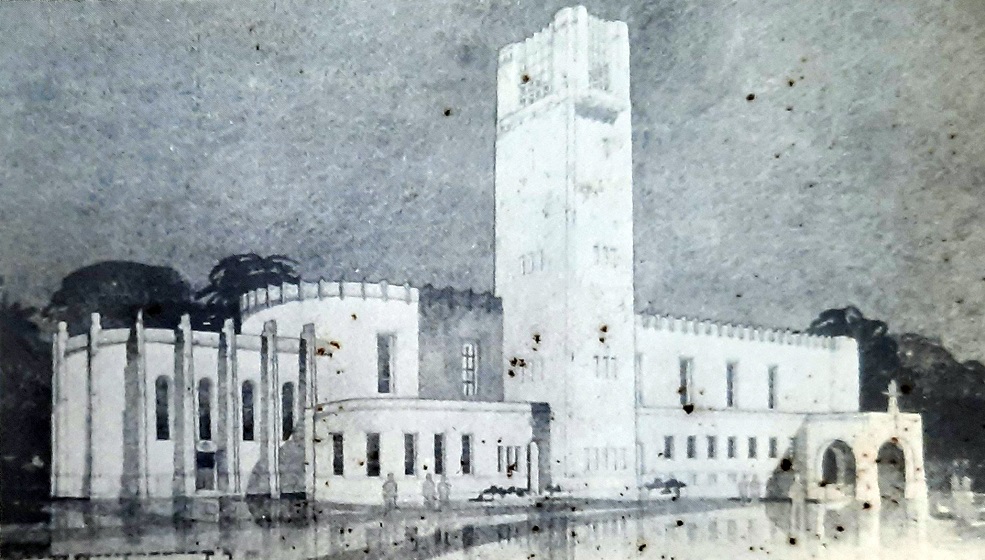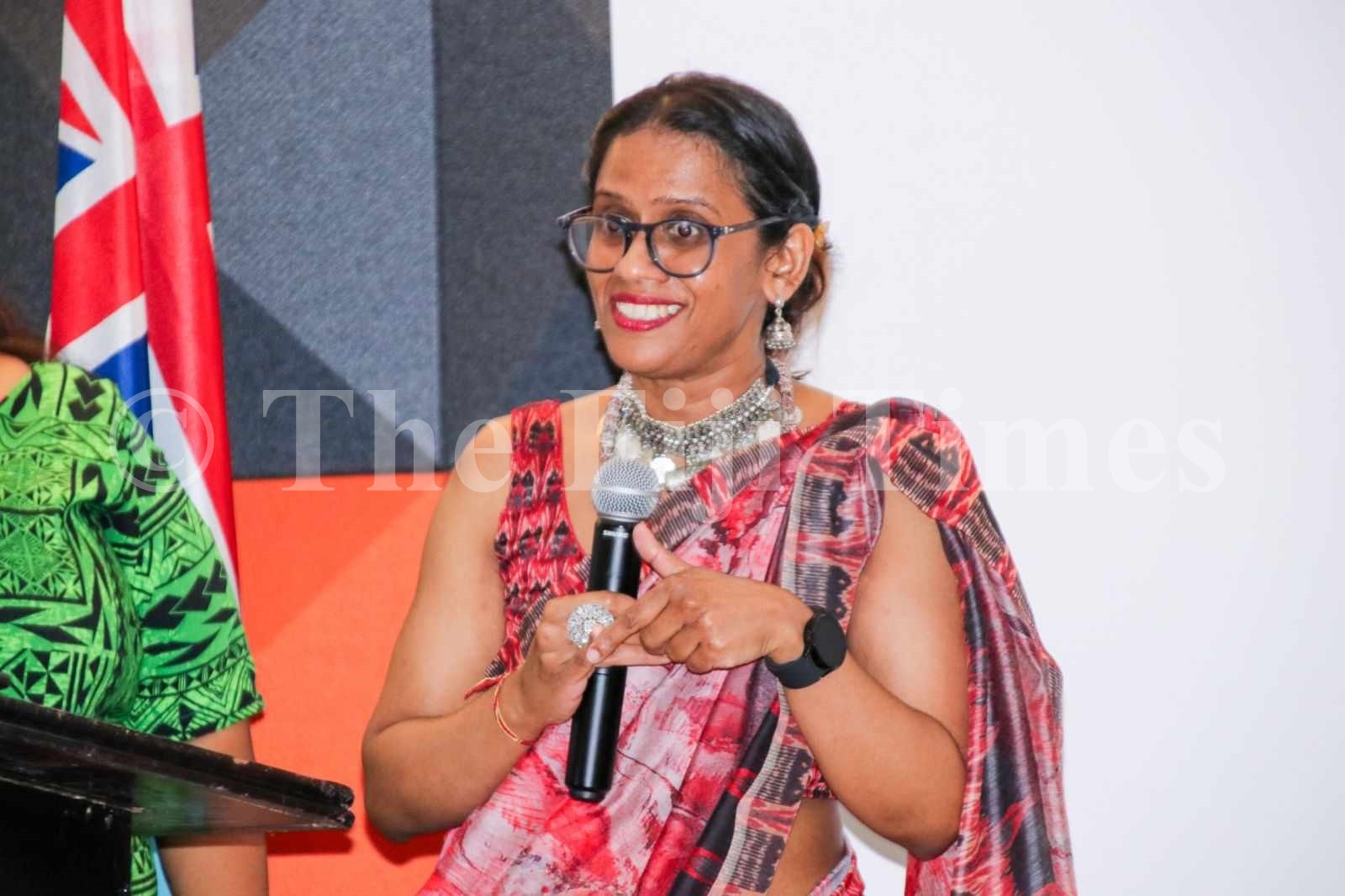The Anglican Church was first established in Levuka in 1870. It came under the administration of the Diocese of Polynesia, which was created with the blessing of its first bishop in 1908.
Levuka, Fiji’s first capital, was said to be a pleasant place, however, it was far from being a centre for law-abiding people during the days before cession in 1874.
Those with religious inclinations, especially of an Anglican nature, found themselves at a disadvantage as far as facilities were concerned.
The Methodist and Roman Catholic churches were working in Fiji, but the Anglicans had no one of their own persuasion to minister them.
However, cotton planters and traders wrote to the Anglican Church of Australia and described their concern.
The bishops of the Anglican Church of Sydney, Melbourne and Melanesia responded by sending Reverend William Floyd, an Irishman, to Fiji where he was appointed as the first priest for the Anglican Church in Levuka in 1870.
With the arrival of Reverend William Floyd, the number of members of the faith grew and in 1908 it was decided to create a new diocese for the islands.
The first Anglican Church building was situated in Suva in 1880 at what is now called Ellery St.
The church was then moved to where Pacific House is located. “Our church was situated where Pacific House and Opium is now located,” says Sepiuta Hala’api’api, the Reverend Diocesan secretary registrar of Moana Anglican and Teaching Centre.
“That was Anglican land before, and when it was traded we moved across.”
She says that countries such as Tonga, American Samoa, Samoa and New Zealand are part of the diocese. Just like any other church built in the early era, the Holy Trinity Anglican Cathedral has fascinating historical stories of its own.
Buried underneath and inside the cathedral are bones and ashes of past bishops, namely three.
The Right Reverend LS Kempthorne. who died in 1965, was buried beneath the cathedral.
As for The Most Reverend Jabez Leslie Bryce (2010) and The Most Reverend Fereimi Cama (2021), their ashes lay inside the walls of the church.
“It’s an ancient tradition, where they used to build churches next to graveyards,” Reverend Hala’api’api adds.
“There came a time when they started to build over the graveyards. I think it’s just a Christian tradition, so it’s all significant.”
An early plan was designed for the Cathedral, however, that was not achieved due to the lack of funding and the continuous change in Fiji’s climate. An article in The Fiji Times dated Wednesday October 23, 1968 reported that an appeal for the money needed to finish the Cathedral would be launched early the following year (1969). In addition, it stated that the Diocese hoped to see the Cathedral complete in 1970 to coincide with the 100th anniversary of the first public Anglican worship in Fiji.
It also hoped that the Synod of the Province of New Zealand – now known as the Anglican Church in Aotearoa New Zealand – of which the Diocese of Polynesia is a part, would hold its biennial meeting in the city that year.
“The construction and concrete bricks used to build the cathedral were meant for cold places,” says Reverend Orisi Vuki.
“It was not completed, and at just halfway wood was used as the building material because of the heat.”
Despite all that happened, today the Holy Trinity Anglican Church stands tall on MacArthur St in Suva City.
Early History
In March of 1882, James McEwen and Company donated freehold land to the Trustees of the Church of England. The land was on the northern side of Gordon St (opposite where the present St Andrews Presbyterian Church now stands).
No later than that, in June 1886, a title for an alternative site on the corner of Butt St and MacArthur St was obtained with the assistance of the colony’s administrator (acting Governor, John Bates Thurston).
This was due to the original site being too close to the Presbyterian Church, and during services the choirs were loud enough to disturb one another.
A wooden building was constructed in a similar design to St Andrews.
Furthermore, the building was damaged by a cyclone in 1910. A proposal to construct a new chapel made of timber was rejected in favour of a concrete stone or brick building.
In 1914, for five years, the first World War inhibited the progress of the church building project
A cathedral committee was established in 1919 and a fund launched by Bishop Twistchel (First Bishop in Polynesia) to raise 10,000 pounds for the construction of a permanent church.
During July 1926 a three-acre site was bought for a sum of 735 pounds on the corner of Holland and Knolly St and in 1929, a residence for the bishop was built on this part of the site.
On January 25, 1940 the first two foundation stones were laid by the Governor, Sir Harry Luke.
March 25, 1950, the second foundation stone was laid out by the Acting Governor, Mr A F R Stoddart in the East wall, which is now referred to as the Lady Chapel.
The architect for this first phase was Mr CH Nettleton, the government architect. Whans Construction was engaged to build the cathedral for an estimated cost of 17,280 pounds.
In 1952 the first phase of the cathedral was completed and consecrated on the Feast of St Mark.
April 25, 1953, the consecration ceremony was performed by Bishop Stanley Kempthorne, Bishop of Polynesia. Also in attendance was the Archbishop of New Zealand, the Right Reverend Reginald Owen, and the Archbishop of Sydney, the Right Reverend Howard Mowill.
The month of May 1954 approval was given for the building of the foundation of the second (Western) stage of the cathedral which would contain the nave and the bell.
In 1955, the foundation was completed and the temporary west wall was to remain a feature of the cathedral for 20 years.
A tender of 98,000 pounds from the firm of Cork Builders was accepted to build a western extension on 17 October, 1973. The original design for this extension was modified to increase ventilation and light.
A year later on May 22, the Western portion of the building was completed and was dedicated by Bishop John Holland on the eve of the Feast of Ascension.




